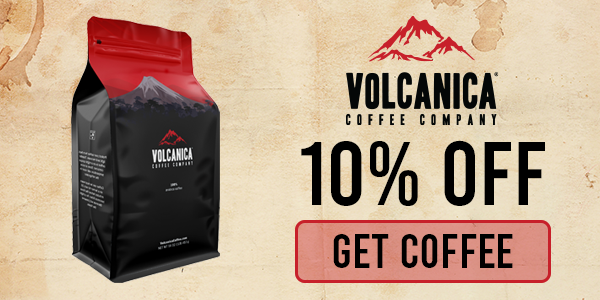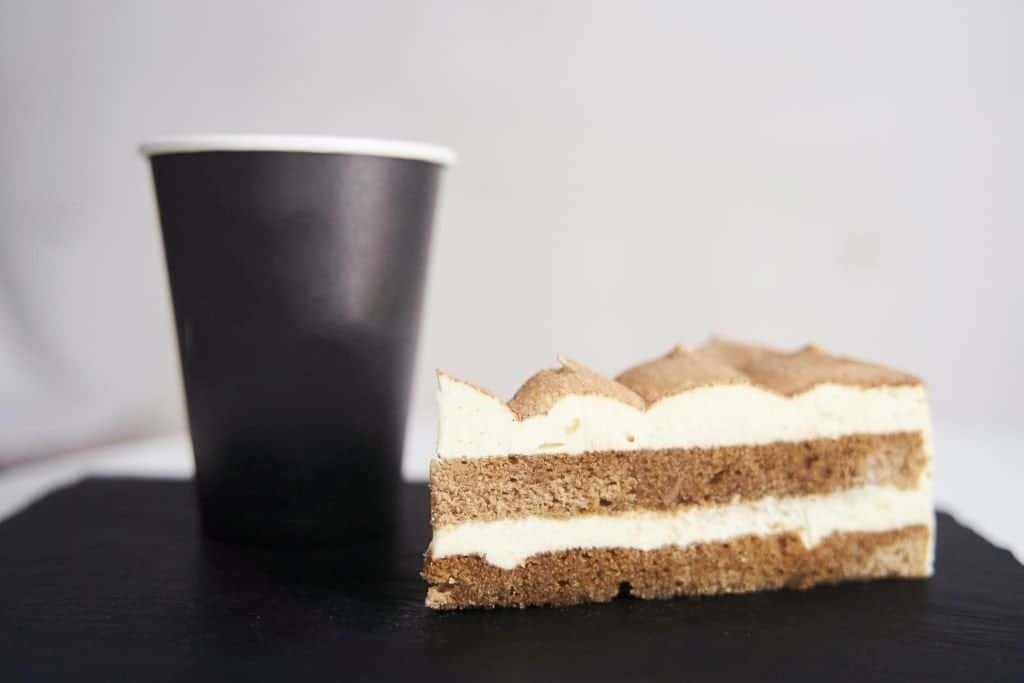I’ve been using a Moka pot for years now, and I enjoy its simplicity. I just load my water into the bottom, put my ground coffee in the top and enjoy a tasty morning drink from my kitchen.
Every coffee drinker knows that their coffee maker has its own little quirks that are learned through experience. One of the most important things for me to know about my coffee makers is tamping.
Key Takeaway 💭
Wondering whether or not to tamp your coffee grounds into a Moka pot? The answer is a clear no. Moka pots have a built-in pressure valve that prevents excess water from seeping through the filter basket. Tamping can actually hinder the brewing process and result in weaker coffee.
What is Tamping?
It’s the process of packing the grounds down so that they can be evenly distributed and pressed during brewing. Think of the espresso machines at a cafe or your buddy who insists on making espresso at home. When the ground beans are squished down flat into the container – that’s tamping.
When applied to an espresso machine, tamping helps ensure that no grounds are flowing through it while it’s heating up, which could cause clogs or even damage your machine. There’s a lot of debate on how you should tamp the grounds in order to get the best brew. Some say a firm tamp is best, while others prefer a light one.
The degree to which the grounds are tamped affects the taste of the coffee; the more densely packed the grounds, the weaker the coffee comes out.

Should You Tamp a Moka Pot?
A lot of people wonder if they should tamp their grounds into a Moka pot. The answer is no, you shouldn’t. Moka pots are designed with a pressure valve that prevents any excess water from seeping through the filter basket during brewing. While this pressure valve is a good safety precaution, a Moka pot tamper will only add unnecessary pressure when making your coffee.
Compared to the more modern espresso maker, a Moka pot only generates around a quarter of the pressure when making an espresso. The additional pressure tamping would add could cause some serious issues to your espresso-making process. Let’s run through the scenario together:
You wake up and put your Moka pot to work for a nice morning espresso. You’ve been feeling experimental, and your espressos machine-owning friend has told you about how tamping their coffee has made a world of difference, so you decide to give it a try for yourself. You tamp the grounds down firmly (the way you see it done on social media) and set your pot on the stove.
Now, as the pressure rises, you notice some water leaking out around the boiler. This has never happened before; maybe you didn’t tighten the gasket up all the way after you last cleaned it. Speaking of pressure, you’re seeing a steady amount of steam coming out of the safety valve, definitely not something your Moka pot has done before.
But the coffee is made, nothing significantly bad has happened, and you’re ready to try your new and improved morning brew. You taste it and do a double-take to see how much coffee you put in the pot. Strange, if anything, there’s more in there than usual because it’s Beene tamped down so securely, but this coffee is extremely bland in comparison to your usual cup.
- WHY NORMCORE Spring-loaded Tamper? Whether you are a novice or an experienced barista, it is always a challenge when comes to coffee tamping. Traditional coffee tampers are prone to skew or…
- Upgraded features from V3: This V4 tamper has further improved on the central shaft design, also the interchangeable springs (15lb/ 25lb/ 30lb) are now applicable to the central shaft which provides…
- Fits 54mm Breville Portafilters: Designed to fit 54mm Breville Portafilters which are tapered (Suitable Breville/Sage models including the Barista Express, Pro, Touch, Bambino Plus, Infuser, and…
So what happened?
As previously stated, tamping adds pressure to the espresso-making process. The leak around the boiler is the now higher-pressurized water finding a way out of the Moka pot. The silicone gasket connecting the pot together is the easiest way out, so water begins to force its way out. But this isn’t enough. There’s still way too much steam being generated inside, and the safety valve now has to work overtime to prevent the new Moka pot tamper from causing an (unlikely but still very possible) explosion.
As far as the weaker tase goes, a more densely-packed set of groups means the water has to work harder to get through and creates thinner channels to get out and be released from the higher pressure. A thinner, faster channel means less time to soak up the flavor of your coffee and, therefore, a weaker taste in the morning for you.

How Do We Fix It?
Now, if you insist on having an espresso from a Moka Pot tamped, there are some compromises you can make.
A Moka pot is designed to have enough coffee grounds put inside to close the lid, not to densely compact it down. A happy medium you be a couple of taps on the side of the pot to evenly distribute the grounds on top, or if you have to have some sort of pressure added, a very light press from a spoon after putting the grounds in to flatten them.
If you’re still experiencing a weaker cup, then a few things to explore would include:
- Your beans. A stronger cup of coffee would include either Arabica beans (for flavor) or Robusta beans for caffeine strength.
- Your grind. Moka pots require coarser grounds than an espresso machine, so making sure you aren’t grinding your coffee into fine particles is important.
- Your water-to-coffee ratio. The equation is simple – if there are more grounds, the taste will be stronger (when not tamped), but if you have less water in your moka pot, the same will be true. Just make sure you have more than the minimum required amount.
Closing Remarks
Tamping has been made popular by much fancier espresso machines and has the potential to ruin your Moka pot. Using this method will not only make your coffee worse, but it also has the potential to damage your Moka pot if you like seeing the process of tamping, head to a local coffee shop.
If you have to tamp your coffee, maybe call up that espresso machine friend and see if he can share.





